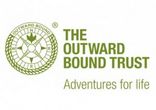Ken stops for afternoon tea with Marcia, Ivor, Butch and fellow cyclists Aevind (pronounced ’Avon’) and Brian
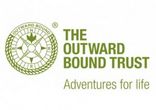

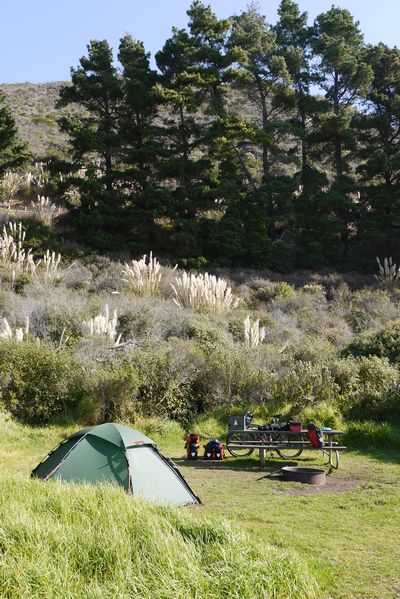
I’d reached Kirk Creek State Park campground a little ahead of sunset. A brief stop a few miles back in Lucia, barely more than a cafe and small store, had confirmed the night’s stop. The young woman behind the counter explaining the options, a firm steer towards the hike-biker site in the park. She had a cyclist’s perspective, and I asked if she rode. No, she replied, simply that she’d gleaned a lot listening to their conversations in the shop.
I’d half expected a tortuous final steep climb to Lucia, indicated by the guide book. Instead, rounding a bend to find a small road sign bearing the village name. Pulling up by the store, stumbling across Aevind – pronounced "Avon" – fellow cyclist also planning to camp shortly. An hour or so of daylight left.
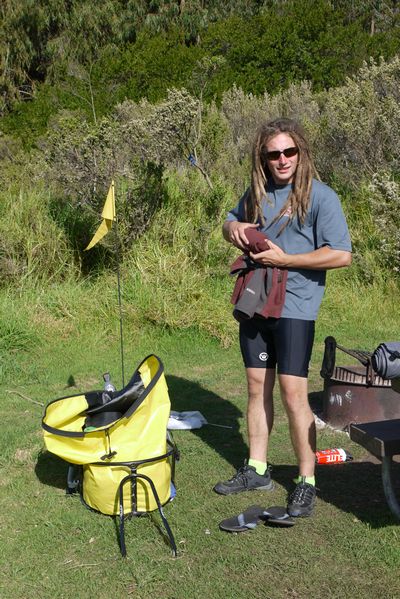
South of Monterey steady progress to Big Sur, a small collection of campgrounds, a motel and a few tourists shops and cafes strung out along the highway beneath the Redwoods. I’d stopped briefly for a cold drink, immersing myself in the shade of the trees before the long, drawn out pull south, a thousand feet or so.

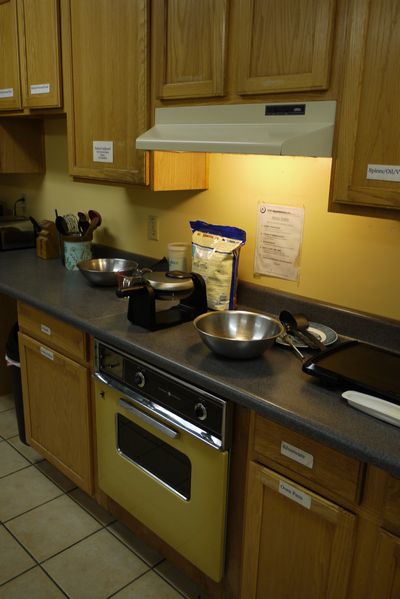
I liked Monterey hostel. Even if it was in neighbouring Pacific Close. Which I also liked. And I particularly liked the arrangements for breakfast. Make your own waffles. Mine were an edible first attempt, the burnt bits hidden by an over flowingly generous coating of hazelnut spread.
Despite a late night, I’d risen early. They’d be ample time, I’d reasoned, to catch up on sleep once I reached my camp site that evening. Few jobs to do before I left, and a challenging sixty miles of coastal riding to be done before sunset. Up a little after six.
I’d have been tempted to spend a day in Monterey, but wanted to make more ground to the south whilst the good weather held. Finding myself increasingly tactical, exploiting situations to best effect. Laundry facilities, WiFi, weather, terrain.

Gone one when I’d retired to my bed. My own fault, for it’d been a late arrival at Monterey’s hostel. Not least because it wasn’t actually in Monterey, but further on in Pacific Close. I’d reached periphery of the Californian seaside town a little after sunset, struggling to make sense of the directions I had.
The small inset map in my hostel guide mentioned Cannery Row. I’d found signs for this so had headed towards it. One of my frequent stops to get my bearings eliciting the help I needed from David. We chatted for a while for he had aspirations to cycle tour.
Another example amongst many of a genuine willingness to help. Not the scripted ’Have a nice day’ but a real desire to be of assistance. I’d mentioned this earlier in the day to Lisa, a passing cyclist who’d seem me fumbling with my guidebook and had come to my aid. Perhaps, I’d added, it might be different elsewhere in the States, I’d have to see.
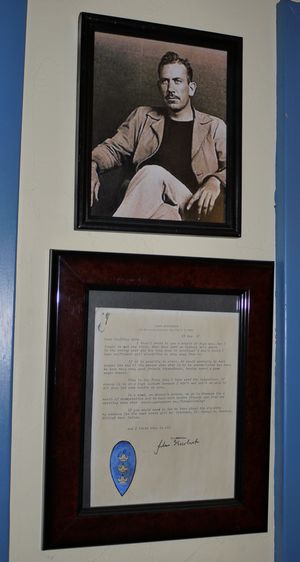
The Steinbeck connection with Monterey had eluded me, the town being the setting for his novel Cannery Row. Discovering the link only when I’d finally reached the hostel, drawn to a framed letter from him hung on the wall. I’d not read the book, but was part way through one of his later works, Travels with Charley – In search of America.

Beyond Santa Cruz vast open, flat fields of artichokes. Largely flat save for a few gently rolling hills, neat rows of strawberry plants. Dotted about groups of labourers, moving in irregular lines, picking the crops. Wide brimmed hats and scarves to shield them from the dust as much as the sun.
Mostly women I thought. I’d expected Mexicans, illegals, but they reminded me of the Gobi desert gravel sweepers. Chinese. Wondering how they came to be here, who they really were. What dreams they must have had. Still held.

I’d left Pigeon Point earlier in the day, riding steadily for thirty or so miles into the University town of Santa Cruz. A little lingering sea fog along the coast, but largely clear and bright. Pleased with progress, but failing to appreciate how tediously slow it would be to navigate out the other side.
I’d a guide book, but it was mostly textual descriptions rather than diagrams, and I’m very visual. But my frequent efforts to consult it at the roadside often drew help from passing cyclists, of which there were a few.
